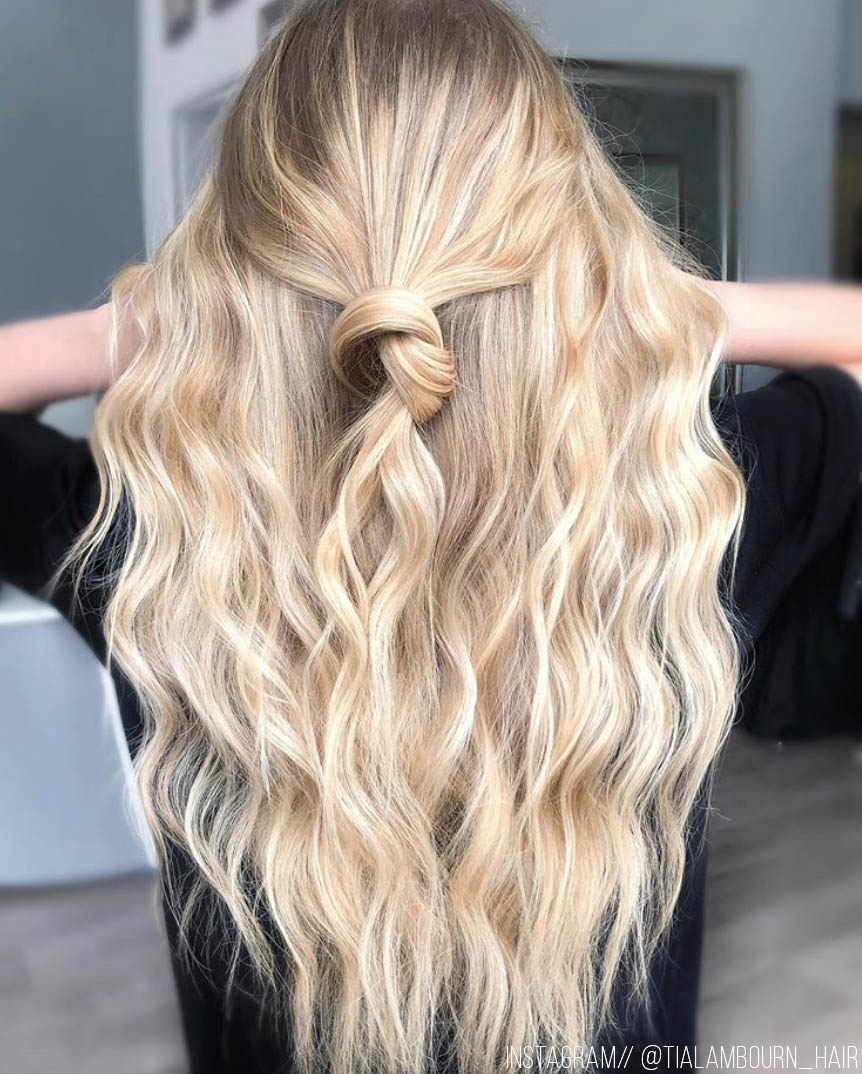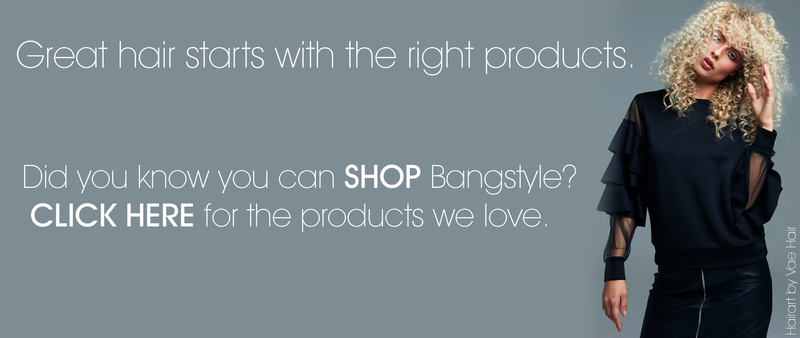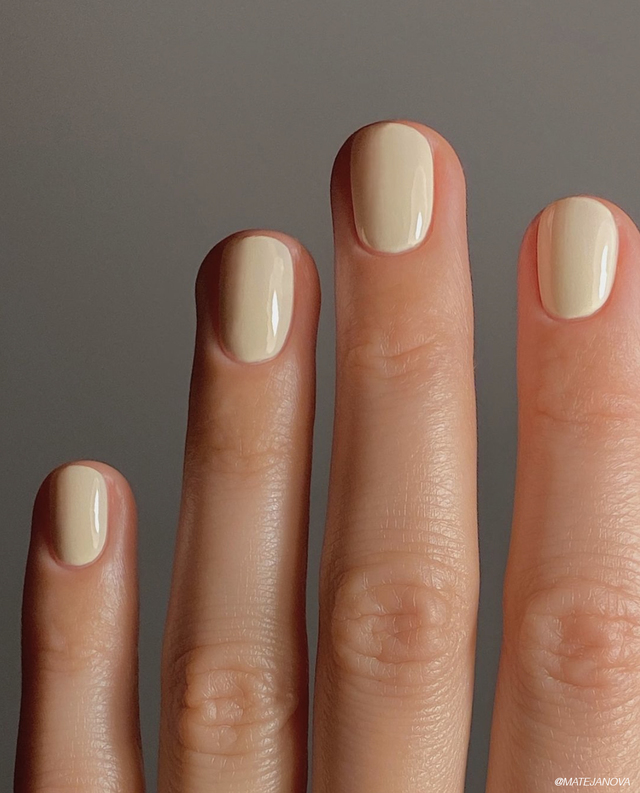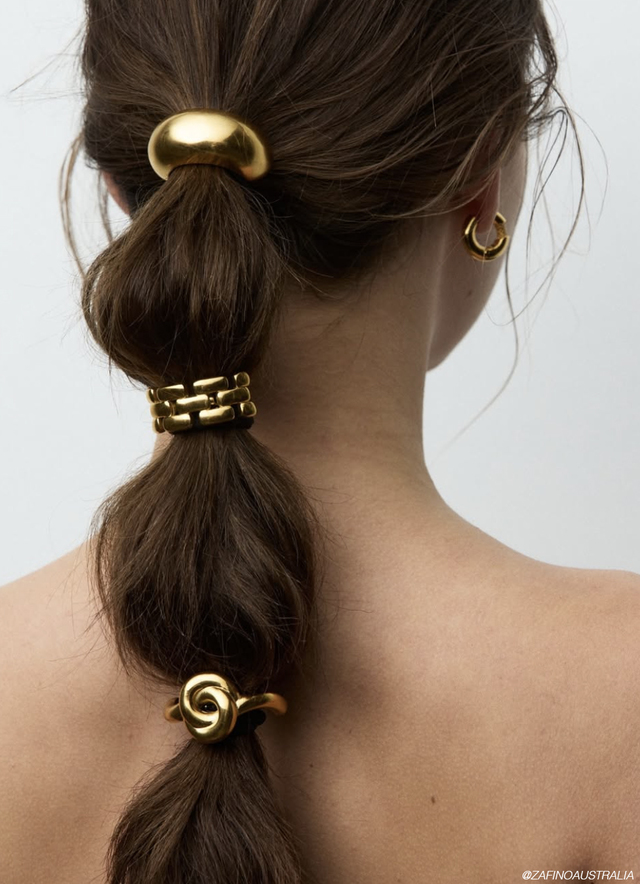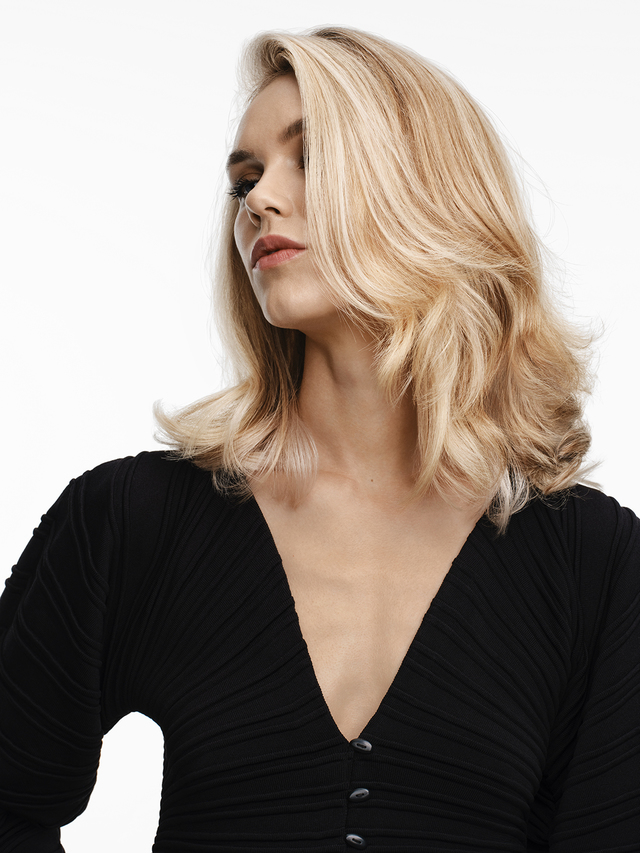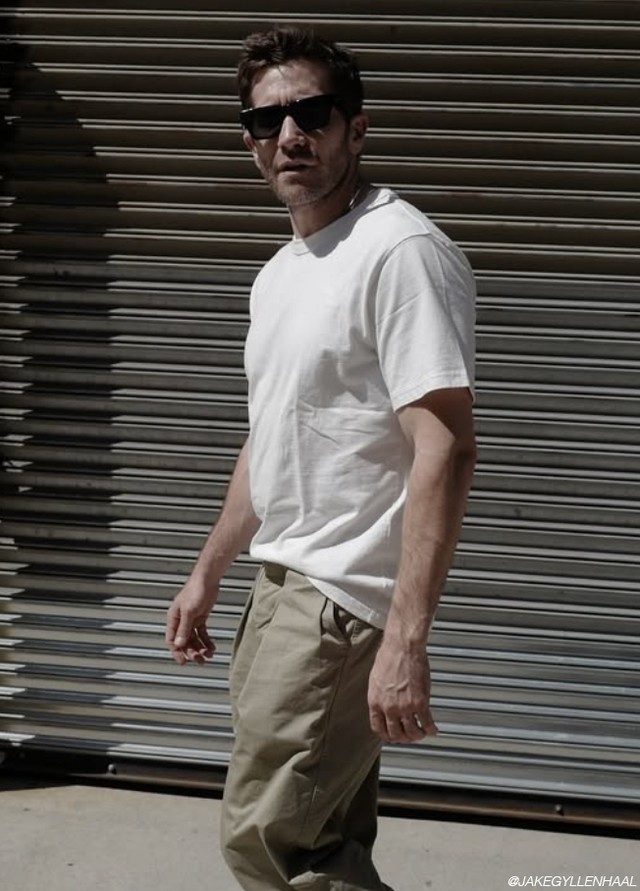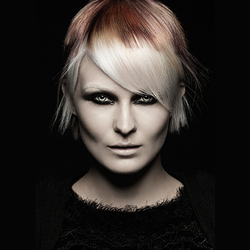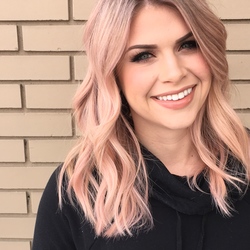Finding the right type of extensions for your client can make you feel like the prince in Cinderella—it’s your sole responsibility to find the absolute perfect fit. Sure, different methods of application may change in popularity—one minute, clip-ins are all the rage, the next minute, tape-ins reign supreme—but just because something is popular doesn’t mean it will work with your client’s locks. Here, a breakdown of every type of extension for every type of client.
Clip-Ins
What They Are: Wefts of synthetic or human hair that are attached to a clip. Perhaps the most widely known and easily accessible type of extensions, clip-ins are a great alternative to permanent extensions since they can be applied and removed without having to go into the salon.
Best For: Clients looking to add temporary volume and/or length or those looking to change up their style without making a major commitment. Ideal for special occasions or for creating long ponytails or braids for a special night out.
Sew-Ins
What They Are: Considerably the “OG” of hair extensions, sew-ins are semi-permanent hair wefts that are actually sewn into the scalp. To apply, the hair is braided tightly to create a base, then the wefts are sewn into place using a needle and thread. Sew-ins are typically available in a variety of lengths, textures, colors and styles to match every hair type. Though sew-in extensions provide the most permanent and undetectable results, the application can take several hours and the extensions must be removed every 6-8 weeks.
Best For: Clients with thick, healthy hair looking to add length and volume. Not for clients with thin, fragile or damaged strands. The weight of the extension can pull on the hair and cause splitting or breakage.
Tape-Ins
What They Are: Tape-ins are pre-taped hair wefts that are bonded to the client’s hair. To apply, the stylist heats up the strip of glue along each hair weft using a heating tool, then places the client’s hair between two hair wefts. While the application process is usually quick (around 45-60 minutes), tape-ins typically need to be removed and reinstalled every 6-8 weeks. The good news? The hair wefts can be reused a couple of times before the client has to buy a new set.
Best For: Clients with thin or fine hair looking to add volume. For best results, clients must commit to regular reinstalls and must use specialty haircare products that won’t interfere with the adhesion to the client’s hair.
Fusion
What They Are: Unlike tape-ins, which are “sandwiched” between the client’s locks, fusion extensions are bonded directly to the natural hair. A “hot glue gun” type of tool or a heated clamp is used to glue the extension into place. The benefit of fusion extensions? Clients can essentially treat them as part of their natural hair. The downsides? In addition to a lengthy application process (typically 3-4 hours), fusion extensions can be very expensive and can also put stress on the hair, resulting in breakage, scalp irritation or hair loss.
Best For: Clients with strong, healthy hair looking to add semi-permanent length and volume with minimal maintenance.
Ziploxx
What They Are: In a class of their own, Ziploxx is disrupting the extension industry. Not fusion or tape-in, clip-in or bead on, this remarkable attachment method uses a "locking" system that cuts down on damage to your hair and any discomfort usually associated with traditional extensions.
Best For: Clients who have fragile hair that cannot use traditional methods, or is looking for an invisible system that is easy to apply and remove. Where for a couple of hours or for a couple of days, the choice is yours!
Where To Buy: Click here to invest in your hair!
For more fashion-forward styles and product picks and be sure to stock up on all goodies the Bangstyle store has to offer!
